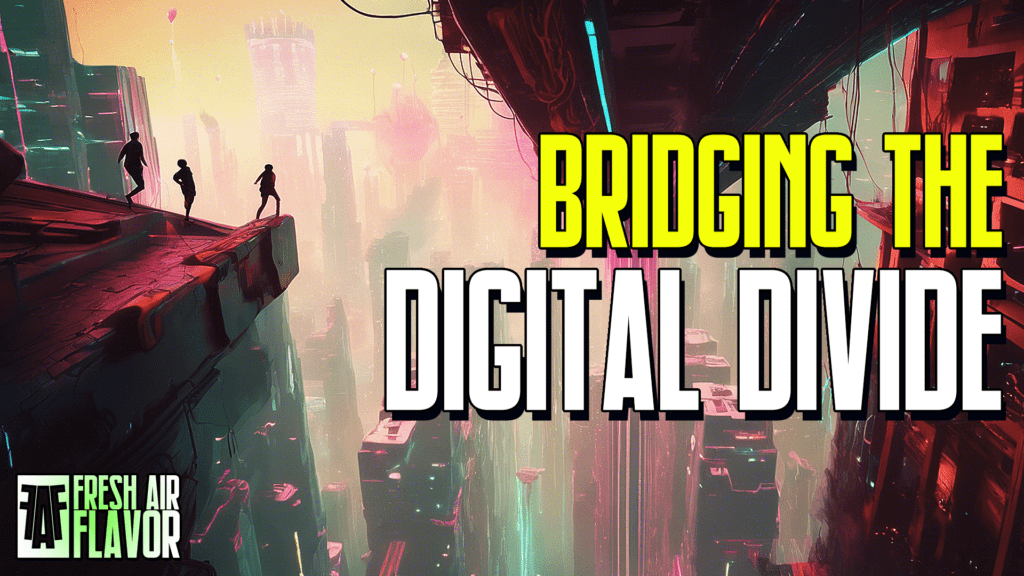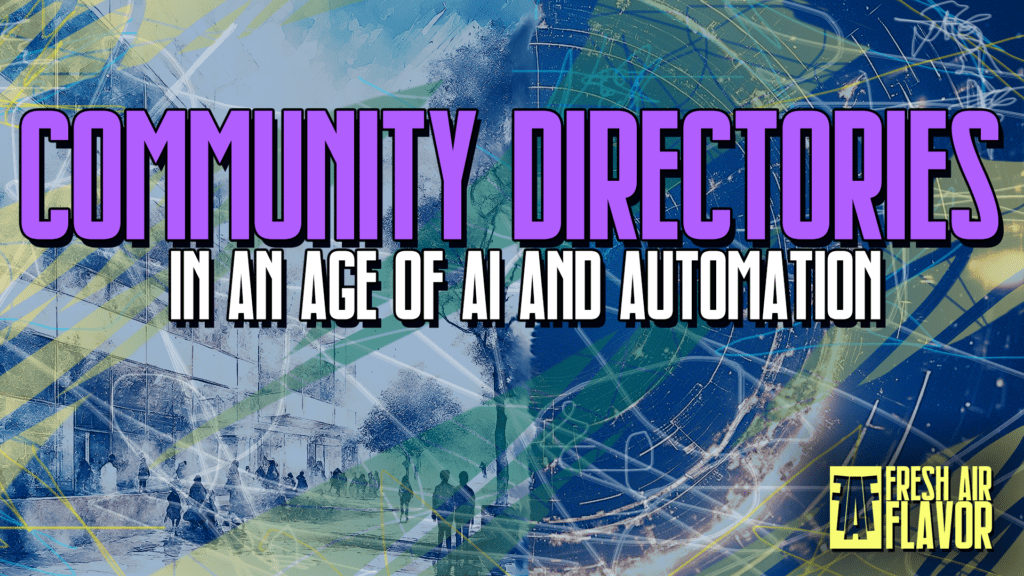In today’s rapidly evolving digital landscape, multimedia subscription models are becoming increasingly prevalent.
For consumers and small businesses/startups, this transition from traditional one-off purchases or freelance services to subscription-based models presents both opportunities and challenges.
This blog post aims to dissect the pros and cons of multimedia subscription models, providing insights to help you make informed decisions as we navigate these changing tides together.
For Consumers
Pros:
- Access to a Wide Range of Content: Subscription services often offer extensive libraries of music, videos, software, and more, providing consumers with a plethora of options to explore.
- Cost-Effectiveness Over Time: For avid users, the monthly subscription fee can be more cost-effective than purchasing individual licenses, especially when considering access to updates and new releases.
- Convenience: With subscriptions, everything is available on-demand, eliminating the need to individually purchase or download new content or software updates.
Cons:
- Subscription Fatigue: With so many services requiring monthly fees, consumers can quickly feel overwhelmed, leading to subscription fatigue.
- Loss of Ownership: Unlike one-off purchases, subscriptions don’t offer ownership. Once the subscription ends, access to the content or software is revoked.
- Costs Can Add Up: For those using multiple services sparingly, the cumulative cost of subscriptions can become more expensive than individual purchases over time.
For Small Businesses/Startups
Pros:
- Scalability: Subscription models allow businesses to easily scale their usage up or down based on current needs, which is particularly beneficial for startups experiencing rapid growth or fluctuating demands.
- Reduced Upfront Costs: Paying a monthly fee eliminates the need for significant upfront investments in software or content libraries, freeing up capital for other areas of the business.
- Access to Professional Tools: Subscriptions provide small businesses with access to professional-grade tools and content that might otherwise be unaffordable, leveling the playing field with larger competitors.
Cons:
- Unpredictability of Expenses: While subscriptions may initially seem cost-effective, fluctuating pricing models and the need for multiple subscriptions can make expenses less predictable.
- Dependency on Service Providers: Relying on subscriptions means being at the mercy of the service provider’s pricing changes, terms of service adjustments, and potential discontinuation of the service.
- Data Security and Privacy Concerns: Utilizing cloud-based subscription services can raise concerns about data security and privacy, particularly for businesses dealing with sensitive information.
Navigating the Transition
As the digital world tilts more towards subscription models, both consumers and small businesses must adapt strategically. Here are a few tips to help navigate this transition:
- Evaluate Your Needs: Regularly assess which subscriptions are genuinely beneficial and which can be cut to reduce expenses.
- Look for Bundles: Some providers offer bundle packages that can be more cost-effective than individual subscriptions.
- Negotiate Enterprise Plans: Small businesses should explore negotiating prices for enterprise or team plans, which can offer better terms and pricing.
- Build a creative network: Having a network of creative individuals such as designers, engineers, writers, actors, etc. is a great asset to have because your network is your community. And in uncertain times, community is essential not just to our survival but to keeping the spirit of being humane alive.
- Stay Informed: Keep abreast of changes in subscription policies and prices to avoid unpleasant surprises.
The transition to subscription models in the multimedia landscape is a double-edged sword, offering both immense benefits in productivity and creative options, and notable drawbacks such as job layoffs and slow tech-integrations within businesses and workspaces.
By carefully considering their unique needs and circumstances, consumers and small businesses can navigate these waters successfully, ensuring they reap the benefits of modern digital resources without falling prey to the potential pitfalls. These pitfalls can be avoided for the most part, but you have to plan and be diligent in knowing what to avoid.
As our communities continue to debate, fight, legislate and adapt to these changes, staying informed and flexible will be key to thriving in the Era of Subscriptions.
And keep an open mind that you have peers on both sides of the coin, and be mindful of how we address these issues on the basis of problem solving instead of furthering agendas.




